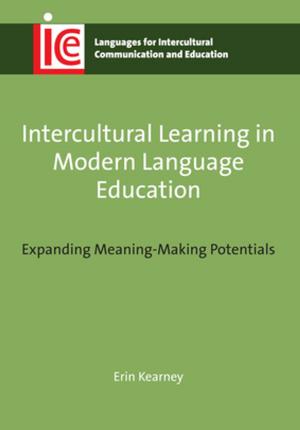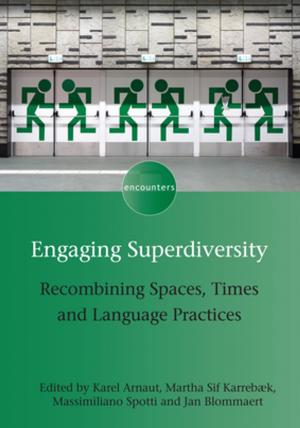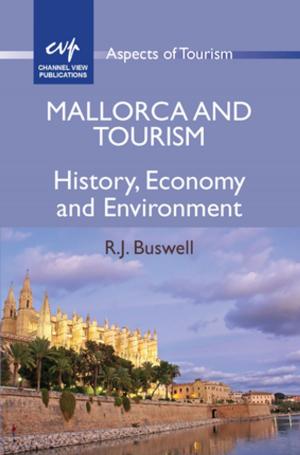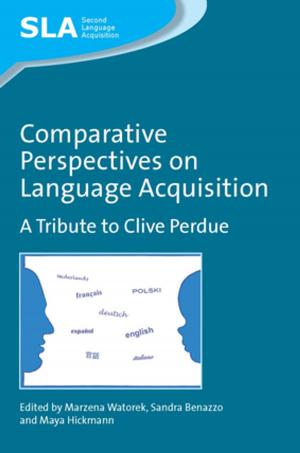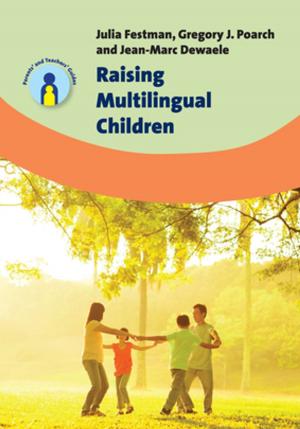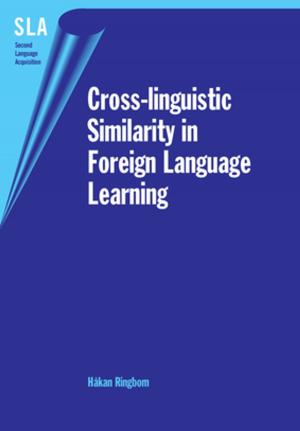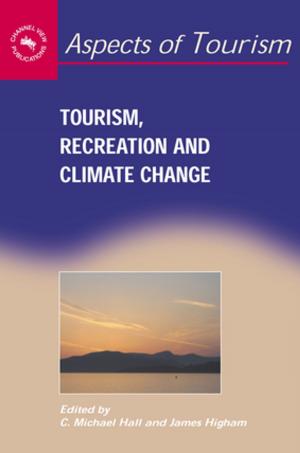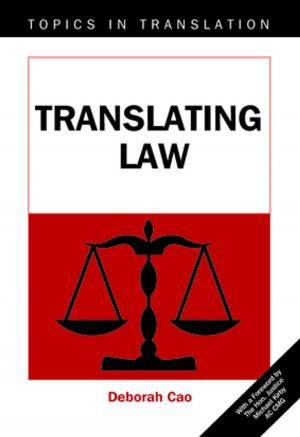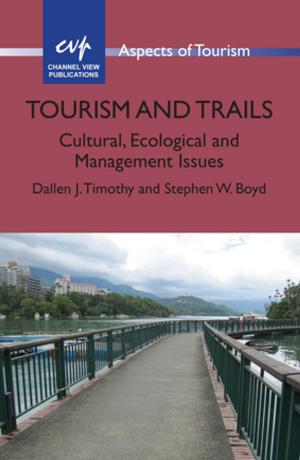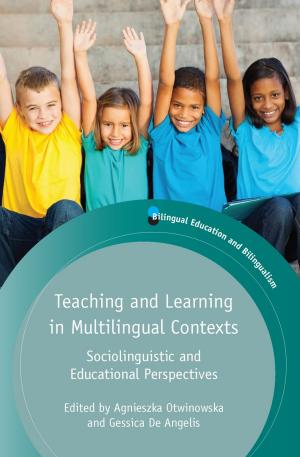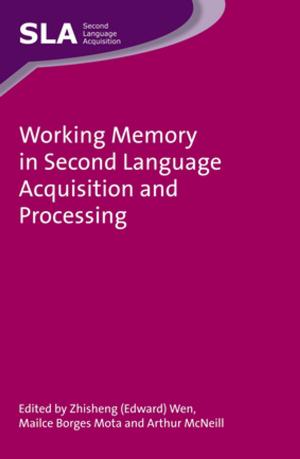| Author: | Paulin G. DJITE | ISBN: | 9781847694911 |
| Publisher: | Channel View Publications | Publication: | January 6, 2011 |
| Imprint: | Multilingual Matters | Language: | English |
| Author: | Paulin G. DJITE |
| ISBN: | 9781847694911 |
| Publisher: | Channel View Publications |
| Publication: | January 6, 2011 |
| Imprint: | Multilingual Matters |
| Language: | English |
Language is a sensitive issue in the developing world, because language choice and behaviour are integral to the social, economic and political stability of multicultural societies. To what extent does this argument hold? Does language make a difference when it comes to development, and is there a perceptible difference in development between countries that is attributable to their choice of language? This book sets out to answer these questions by investigating how language has been and is being used in four countries of the Greater Mekong Sub-region (i.e. Cambodia, the Lao PDR, Myanmar and Viet Nam), especially in the critical areas of education, health, the economy and governance.
Language is a sensitive issue in the developing world, because language choice and behaviour are integral to the social, economic and political stability of multicultural societies. To what extent does this argument hold? Does language make a difference when it comes to development, and is there a perceptible difference in development between countries that is attributable to their choice of language? This book sets out to answer these questions by investigating how language has been and is being used in four countries of the Greater Mekong Sub-region (i.e. Cambodia, the Lao PDR, Myanmar and Viet Nam), especially in the critical areas of education, health, the economy and governance.


